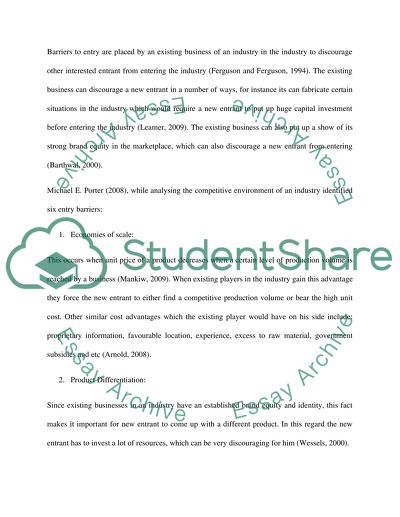Cite this document
(“Competition between Loblaw and Wal-Mart Essay Example | Topics and Well Written Essays - 1500 words”, n.d.)
Competition between Loblaw and Wal-Mart Essay Example | Topics and Well Written Essays - 1500 words. Retrieved from https://studentshare.org/macro-microeconomics/1449142-industrial-economics-competition-between-two-large
Competition between Loblaw and Wal-Mart Essay Example | Topics and Well Written Essays - 1500 words. Retrieved from https://studentshare.org/macro-microeconomics/1449142-industrial-economics-competition-between-two-large
(Competition Between Loblaw and Wal-Mart Essay Example | Topics and Well Written Essays - 1500 Words)
Competition Between Loblaw and Wal-Mart Essay Example | Topics and Well Written Essays - 1500 Words. https://studentshare.org/macro-microeconomics/1449142-industrial-economics-competition-between-two-large.
Competition Between Loblaw and Wal-Mart Essay Example | Topics and Well Written Essays - 1500 Words. https://studentshare.org/macro-microeconomics/1449142-industrial-economics-competition-between-two-large.
“Competition Between Loblaw and Wal-Mart Essay Example | Topics and Well Written Essays - 1500 Words”, n.d. https://studentshare.org/macro-microeconomics/1449142-industrial-economics-competition-between-two-large.


